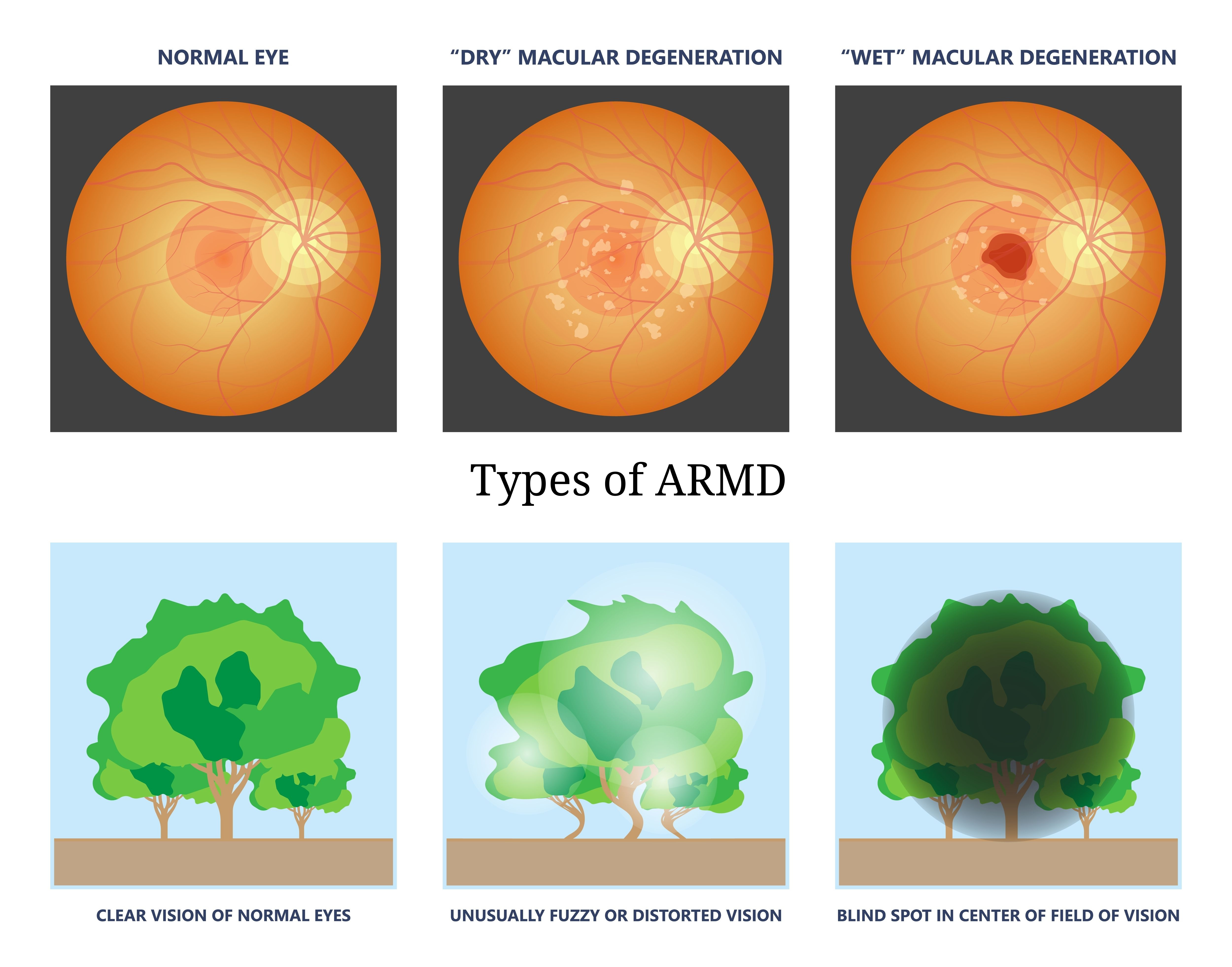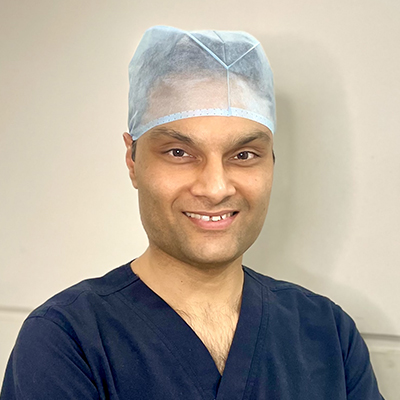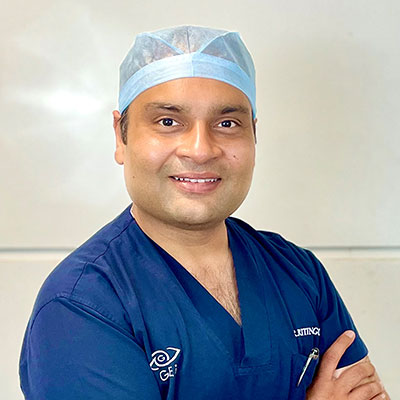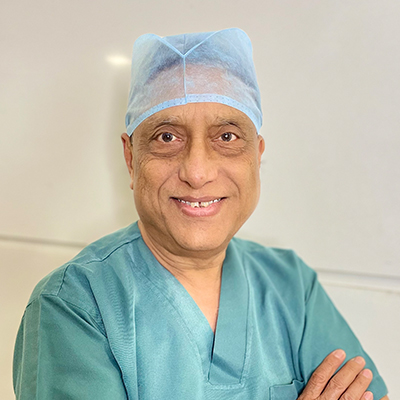Types of ARMD
There are two main types of ARMD:
- Dry AMD (Non-Neovascular or Atrophic AMD): This is the more common form of AMD, accounting for about 80-90% of cases. It is characterized by the gradual breakdown or atrophy of the macular cells and the accumulation of drusen, which are small yellow deposits beneath the retina. Dry AMD progresses slowly and may cause a gradual loss of central vision over time.
- Wet AMD (Neovascular or Exudative AMD): Although less common, wet AMD is more severe. It involves the growth of abnormal blood vessels (choroidal neovascularization) beneath the macula. These fragile blood vessels can leak blood and fluid, causing rapid and significant damage to the macula and leading to sudden and severe vision loss.




